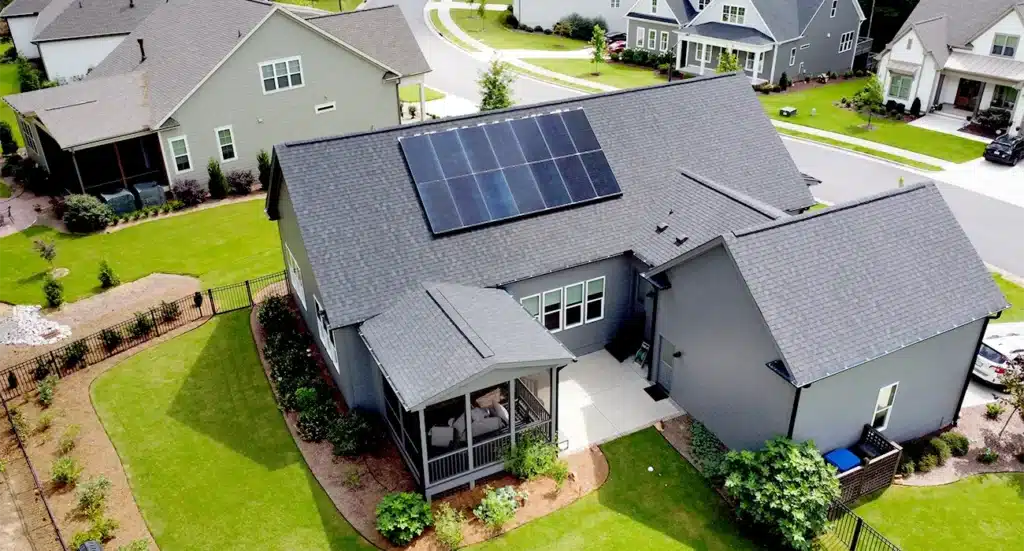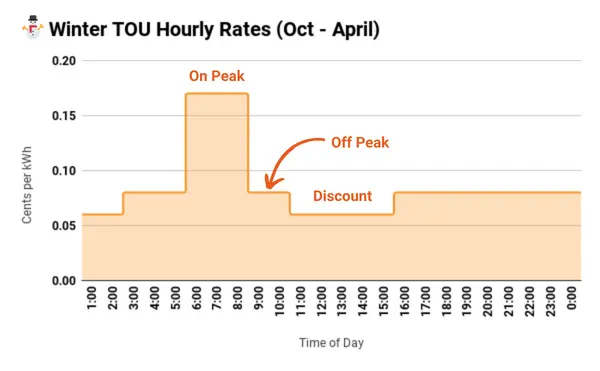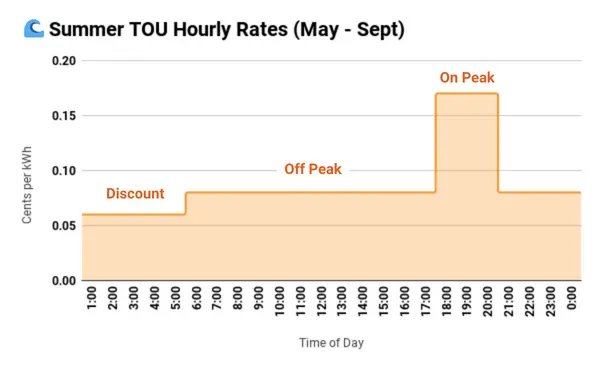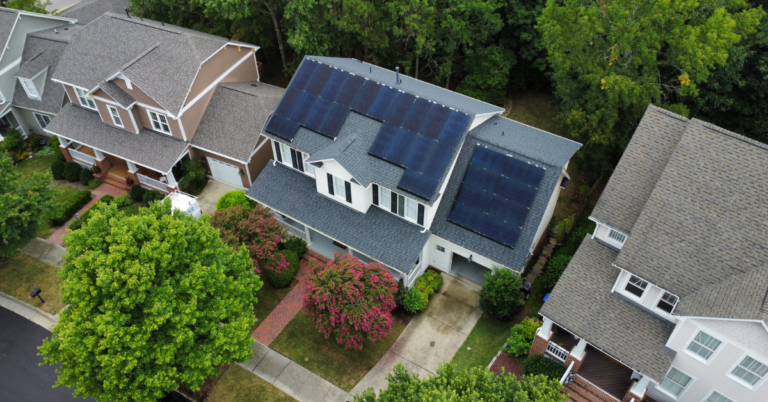What is Duke Energy’s New Solar Program?
Duke Energy recently restructured its solar net metering system for new solar customers in North Carolina.
So what does this mean if you’re just starting to look into solar? To put it most simply, the extra energy that your solar system produces and sends back to Duke’s grid will be credited differently than it was previously. Though it’s not as straightforward as the old structure, this new solar program will offer you the flexibility to choose what suits you best on your solar journey.
At Southern Energy Management, we have been installing solar since 2001 and have seen solar policies change several times over these past 21+ years. Our Co-founder, Maria Kingery, doesn’t call it the ‘solar coaster’ for nothing! Through each ebb and flow, we are there learning as much as we can to help our customers make the best decisions on their solar journey. So, as always, we’re here to help break it all down for you! Keep reading to learn about your two new options – net metering bridge rate and time-of use.

🌞 Already have solar?
For our existing solar customers (anyone who went solar before October 1, 2023), you don’t have anything to consider at the moment. You are on Duke Energy’s legacy net metering program until 2027. When 2027 rolls around, you’ll also have several solar crediting options to choose from, and we’ll be here with four years of data to help you choose the best option for you.
⚡ Not a Duke Energy customer?
And last but not least, for our solar customers with utilities other than Duke Energy, like the North Carolina Electric Membership Cooperatives (EMCs) or the Town of Apex, the updates to Duke Energy’s solar program will not affect you. Feel free to read the rest of this blog while you wait for your pasta water to boil but otherwise, none of the following information will directly pertain to you so keep on shinin’! 😎
Alright, now back to Duke Energy’s solar program…
How does this program work with your solar?
Basically, Duke Energy’s solar program is an interconnection policy. Solar interconnection involves connecting a home’s solar system to its local utility grid. This allows you to tap into the grid during periods of low solar production so you can ensure you always have power supply. And similarly, when your home’s solar produces excess energy, that energy can be fed back to the grid and credited on your next bill. The two solar rate structures we’ll talk about next – the Bridge Rate and Time-of-Use Rates – are the new options for how you will be charged and credited for solar production by Duke Energy.
What is Duke Energy’s Solar Net Metering “Bridge Rate”?
In essence, the Bridge Net Metering Rate (Bridge Rate) is a close cousin to Duke’s legacy net metering system, following the streamlined credit approach of net metering with a few new billing components that come with their own pros and cons.
Under the Bridge Rate, customers are billed according to Duke Energy’s standard retail rate schedule. The rate you’re charged for using electricity will remain unchanged on the Bridge Rate. However, you will see this rate going up over time like all Duke Energy customers, as utility rates rise. Good thing solar keep you insulated from those rising rates!
Let’s break down the new features included in Duke Energy’s Solar Bridge Rate:
1. Monthly Excess Solar Production at Avoided Cost Rate
At the end of each month, the energy your solar panels produce is tallied up and compared to the energy you’ve consumed from the electric grid. If you’ve produced more than you consumed, that excess energy is credited to you on your bill. This is credited at what’s called an “avoided cost rate,” which currently stands at approximately 3.4 cents per kWh.
The Good News
If you’re a solar customer who generates excess energy each month, instead of essentially gifting that surplus to Duke at the end of a rollover period (like it used to be under the previous model), you’ll now be paid for it.
This avoided cost rate gets reviewed and potentially updated every two years, which means this rate might change in the future.
2. Non-Bypassable Charge
This is a charge that every customer pays, no matter what your energy use or production is. Duke Energy Carolinas (DEC) customers will pay 28 cents per kW each month and Duke Energy Progress (DEP) customers will pay up to 62 cents per kW each month. So for example, if you have a 10 kW system, you’d either pay $2.80 or $6.20 per month, based on whether you are in DEC or DEP territory.
What is the non-bypassable charge for?
According to Duke Energy, it covers costs associated with demand management, energy efficiency, storm damage recovery, and cybersecurity.
3. Minimum Monthly Bill (MMB)
If your monthly energy usage falls below a certain point, you’ll pay an extra charge in addition to the fixed charges mentioned previously.
- For DEC customers, the MMB fee will add up to an additional $8 per month
- For DEP customers, the MMB fee will add up to an additional $14 per month
What is the Minimum Monthly Bill Charge for?
Like any business, Duke has fixed and variable costs. The MMB exists to ensure Duke covers its fixed cost. Counterintuitively, Duke’s fixed costs are not all recovered by fixed or flat charges on your utility bill. The basic facilities charge on your bill covers $14 of Duke’s fixed cost but the remainder is recovered through a portion of your per kWh energy charge.
- Fixed Cost: (Fixed Cost Portion of Retail Rate x kWh Usage) + Basic Facilities Charge with a minimum of $22 for DEC and $28 for DEP
- Variable Cost: Variable Cost Portion of Retail Rate x kWh Usage with a minimum of $0
Essentially, if you are paying a total of 14 cents per kWh, then 2.5 cents of that rate is for fixed cost and the other 11.5 cents is for variable cost. Duke needs to reach at least $22 in revenue to cover its fixed cost. So if a solar customer uses 320 kWh from Duke then they will reach the $22 minimum fixed cost threshold ($14 basic facilities charge + (320 kWh x 2.5 cents) = $22).
Hitting this threshold for non-solar customers is not an issue. But solar customers will often have a month where they use 0 kWh from the utility. In that case, Duke is short by $8 and the NC General Legislature and NC Utilities Commission say they have a right to recover those costs.
What are the benefits of the Solar Bridge Rate?
✅ It is cost-efficient if you don’t have battery storage
✅ It is simple and straightforward from a user experience perspective
Who will benefit from Duke’s Bridge Rate?
Duke Energy’s Bridge Rate is ideal for those seeking to maximize savings with solar power only (no battery storage). This option is particularly suitable for those who prefer a hands-off approach to their solar system, allowing them to “set it and forget it” without needing to adjust their lifestyle.
What is Duke Energy’s Solar Time-of-Use (TOU) Rate?
In traditional energy pricing models, customers are charged a flat rate for electricity no matter when they use it. In reality, the cost of generating and distributing electricity varies based on the time of the day, day of the week, and month of the year. During peak times, when many people are using electricity, that demand causes a strain on the grid. TOU rates reflect these fluctuations in demand by charging different rates for electricity at different times of the day and year.
As electric utilities across the country are faced with balancing a diversified energy portfolio to maintain power supply during varying demand times, TOU is one solution utilities are turning to. TOU rates nudge customers to shift their behavior away from using energy during peak demand times, and toward using energy when it’s abundant (and cheaper). This not only reduces strain on the grid but also results in more cost control and savings potential for customers.
How are Duke’s TOU Rate Schedules Structured?
TOU rates are complex. In this section we’ll do our best to simplify them for you.
To start, Duke Energy’s TOU rates have all of the features of the net metering bridge rate:
- Excess solar production credited at the avoided cost rate
- Non-Bypassable charge per kW
- Minimum Monthly Bill charge
Actual TOU rate energy charges are divided into four periods based on when energy is imported or exported from the utility’s grid. The periods shift based on the season (winter vs. summer). The following table explains the four different periods:
| Period | How Expensive | What Times | What Days |
|---|---|---|---|
| Discount | 💲 | Winter – 1am to 3am & 11am to 4pm Summer – 1am to 6am | All days |
| Off Peak | 💲💲 | Any time that’s not in an On Peak or Discount period (the majority of times for summer and winter fall in this period) | All Days |
| On Peak | 💲💲💲 | Winter – 6am to 9am Summer – 6pm to 9pm | Monday – Friday excluding holidays |
| Critical Peak | 💲💲💲💲💲💲 | Duke can choose < 20 on-peak periods during the year and turn them into “Critical Peak Periods” where the rate per kWh essentially doubles. Duke will notify customers by 4pm on the day before any critical peak periods are activated. | Monday – Friday excluding holidays |
The following charts show what a typical day looks like for the TOU rates in the winter and summer periods:


What are the benefits of Duke Energy’s TOU structure?
✅ Additional savings potential by avoiding peak rate charges with batteries and/or behavior changes
✅ Increased power security and resiliency
✅ Allows customers to make more informed energy decisions through data
Great News
When we modeled a sample of our past customers’ hourly usage data with the new TOU rates we found that almost all of our customers would pay a slightly lower annualized rate per kWh on the TOU rate schedules vs their current flat rate schedule.
Battery storage will be a game changer. Customers can really capitalize on the savings potential of these rates by installing solar paired with a battery system to shift their usage away from peak periods. Plus, the energy monitoring data you’ll get from your solar system will allow you to monitor when you are using energy which can result in behavior changes that will mean even more savings on your electric bill.
Who will benefit from TOU rates?
Folks who have battery storage in place can enjoy several cost benefits when it comes to time-of-use (TOU) rates. This option is also ideal for those who like a more hands-on approach to managing their energy consumption.
So what now?
We’ll be honest, Duke’s new solar program is a lot to take in, with more than a few caveats and variables to consider. The easiest way to understand what’s going on in the context of what’s best for you and your home is to reach out for a free evaluation so one of our solar designers can model these options for you. They’ll walk you through the pros and cons of each and what would be best based on your current and future energy needs. Give us a call today!
If you’re still on the fence or in the thick of researching what to do, here are some keys to take with you:
- Work with a trusted local solar installer. With the complexity of Duke Energy’s new solar program, it is as important as ever to work with a local installer who deeply understands the new program and can model your predicted savings so you can make the most informed decisions for your solar journey going forward. Do your homework and make sure you are working with a reputable installer who has firm roots in North Carolina (bonus points if they’re a Certified B Corp 😉).
- Batteries will be increasingly more valuable in North Carolina. Solar + batteries will offer greater energy and financial savings, especially if you’re opting to the TOU route. Learn more about home battery storage in North Carolina so you can reap the benefits.
- Don’t forget about the Tax Credit! It’s always a good time to go solar with the 30% Federal Solar Tax Credit. As far as other incentives, there are no government programs offering “free solar panels for Wake County residents” so please beware of who you are working with.
- And Duke Energy’s PowerPair Incentive Program! See if you’re eligible for up to $9,000 in solar + battery savings with Duke Energy’s new PowerPair Incentive Program.
Ready to get started? Let’s chat!















